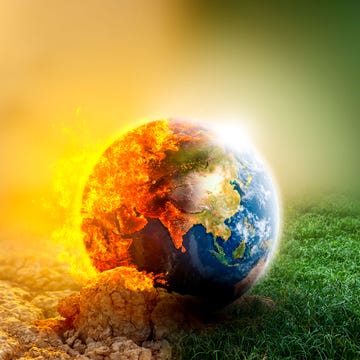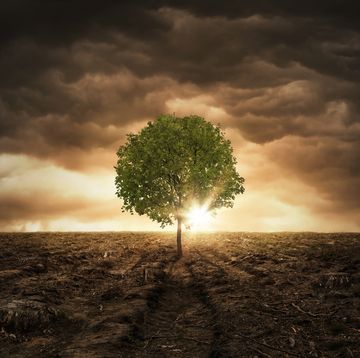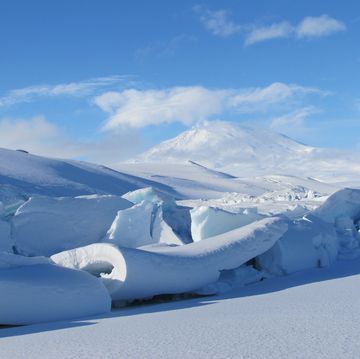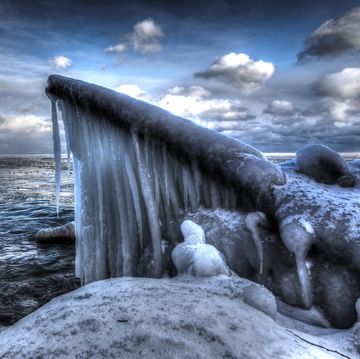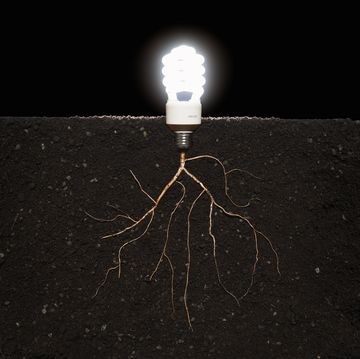As climate change continues to take its toll on the planet, natural wonders like Australia's Great Barrier Reef face greater threats by the day. But it turns out that the world's biggest single structure made by living organisms might have a secret weapon.
A new Australian study highlights what could be an extremely helpful tool in the growing fight against climate change: a bed of seagrass spanning more than 31,000 square kilometers, making it roughly the size of Switzerland. The largest bed of seagrass in the world lies near Lizard Island, a granite island amidst the reef.
Seagrass has a remarkable ability to absorb carbon, the main cause of warming climate around the globe. In general, seagrass meadows hold around 15 percent of the ocean's carbon. According to the study, the meadow can hold 27.4 million tons in total.
Seagrass grows in various depths: in shallow or mid-depth water like estuaries, coasts, and reefs, or deep-water environments. Looking at 19 sites from each of the three depths, scientists hoped to determine if deepwater seagrass could hold as much carbon as its shallow or mid-depth companions.
Scientists had suspected that deep-water seagrass, known scientifically as Halophila decipiens, wouldn't hold as much carbon as its siblings. This made the results "somewhat surprising," according to the study. There was no significant difference between what the seagrass could absorb no matter its level. "This is a really good news story," Deakin University professor Peter Macreadie, a coauthor of the story, speaking to Australian news source SBS:
"Whenever we find eco-systems that are drawing down lots of carbon, like the seagrass meadows, it is something to be really pleased about because what we're doing is we're finding eco-systems that have the ability to retire carbon from the carbon cycle, take it out of the atmospheric pool, take it out of the pool that is causing climate change, and retire it once again from the carbon cycle."
This seagrass is playing a vital role in absorbing carbon and slowing global warming. But, like the Amazon rainforest, the world's largest seagrass bed is in danger. While seagrass is an amazing carbon sink, it's not immune to the dangers of climate change as well as standard issue pollution. Globally, seagrass beds are "one of the most rapidly declining ecosystems on Earth," according to the International Union for Conservation of Nature (IUCN).
"In Australia, we know we're losing these ecosystems at one to three percent per year," Professor Macreadie says to SBS. "And that lost carbon sink capacity—and the carbon that gets released when you destroy them—we estimate that is the equivalent of having an extra 10 million cars on the roads in Australia."
Source: Earther
David Grossman is a staff writer for PopularMechanics.com. He's previously written for The Verge, Rolling Stone, The New Republic and several other publications. He's based out of Brooklyn.


